It could hardly be a more exciting time for the automotive industry. Its merging with software, sensing, and the cloud – all enablers of highly autonomous vehicles – is shifting the tectonic plates of automotive innovation. As cars, trucks, and other road vehicles evolve from fossil fuel-powered mechanical products to increasingly software-defined, battery-powered ones, increasing vehicle autonomy and the emergence of self-driving cars, trucks, and robo-taxis is calling the very act of driving into question.
The forces driving the industry are technological, but not only. For all the technological innovation taking place in the R&D departments of automakers and their suppliers, governments, regulatory bodies, and, ultimately, the end users driving the vehicles have a role to play, too. Government incentives can steer the market towards desired outcomes, such as a greater share of electric vehicles. Regulatory bodies and legislators can update legislation to meet new demands, for instance, for increased vehicle autonomy. And consumers need to see enough value in the technology to be willing to invest in it.
When it comes to automotive innovation and production, established players including in the USA, Japan, Korea, and Germany, France, and Italy continue to represent a formidable force. At the same time, new players around Silicon Valley, in China, and elsewhere are playing a growing role in driving innovation, uptake, and scale, selling primarily to tech-affine audiences. With so many moving parts, the jury is still out on who the innovation leaders of tomorrow will be. One thing is clear: the next decades will be critical, with the newcomers seeking to build out a strong market position and the incumbents determined to maintain theirs.
USA
- The US automotive industry’s center of gravity, long established around Detroit, Michigan, is being pulled west, as Tesla, Waymo, and other new players set a faster pace for vehicle automation and electrification.
- California passed a law permitting autonomous car tests on public roads as early as 2018, with Florida following suit in 2019. Alphabet’s Waymo has been operating its fleet of autonomous taxis in and around Phoenix, Arizona, without a backup driver since November 2019.
- EV adoption is slower than elsewhere due to the low price of fuel, but US$ 175 billion earmarked to promote EVs and vastly build out EV charging in the Biden Administration’s stimulus bill could change that
- It isn’t just about cars: TuSimple plans to have driverless trucks with no one on board driving goods from depot to depot later this year.
|
Europe
- European automakers have been staying true to their traditionally cautious approach to innovation, with Germany’s premium brands continuing to be the region’s innovation hotspots.
- It’s transnational: Over two years, the EU’s L3Pilot program collected data from over 400’000 kilometers of road tests – across seven countries and at different autonomy levels.
- To meet demand, the EU may need to deploy one million EV charging stations by 2024, and three million by 2029, according to the European Automobile Manufacturers’ Association (ACEA).
- Barcelona’s APM Terminals shipping port is set to deploy 5G-based C-V2X to connect cranes, vehicles, people, and fixed infrastructure to manage traffic and increase safety.
- European OEMs seek to gain more control over software, with Volkswagen employing around 5000 specialists to develop its cars’ in-vehicle software, and Renault more than 1000.
- Batteries, too, should be locally sourced, according to the EU, which invested close to three billion euros in battery cell technology for EVs earlier this year to become a global hotspot for battery innovation.
|
South Korea
- With Tesla growing its footprint in South Korea, the Hyundai Motor Group (HKMC), the country’s leading car OEM, is seeking to drive innovation through electrification, mobility services, and hydrogen fuel cells.
- South Korea leads global sales in hydrogen vehicles, with ambitious goals of having 200’000 hydrogen-powered cars on its roads by 2025.
- To bring down the cost of electric vehicles, South Korea is planning a national battery leasing program, initially targeting taxis and trucks.
- Jeju Island will be South Koreas first testbed for autonomous driving, hosting a fully driver-less airport shuttle service on designated roads starting later this year.
- The public is ready for new automotive technology: Advanced in-vehicle infotainment systems are popular among the country’s technology-affine drivers.
|
China
- Supported by its government, the world’s largest automotive market – with over half of the world’ annual vehicle sales – is bent on becoming a global leader in vehicle electrification and autonomy.
- Because they are largely absorbed by the huge domestic market, China’s leaders in EVs – BYD, NIO, Li Auto, and Xpeng – have yet to become household names in Europe and the US.
- Beyond monetary subsidies, the Chinese government’s incentives to promote EVs include faster delivery of license plates, exemptions from specific urban traffic restrictions, and dedicated parking spaces.
- Left unchecked, China will continue to dominate global battery production, with almost three quarters of lithium-ion battery plants planned by 2029.
- This year, AutoX launched the country’s first driverless taxi service that is open to the public in Shenzhen.
|
Japan
- The Japanese automakers continues to do what they do best: producing large volumes of high-quality vehicles at low cost.
- In 2010, the country was the first to produce a fully electric mass-market vehicle, with the Nissan Leaf.
- Still, the industry boasts some of the most advanced autonomous driving technology, with the Honda Legend, for sale this year, becoming the first commercial car to offer Level 3 autonomy, taking over the wheel in traffic jams.
- The right-hand-side driving Japanese are, with Europe, the most stalwart supporters of Wi-Fi based (DSRC) vehicle-to-everything communication, with other markets leaning heavily towards cellular-based C-V2X.
- Like Korea, Japan, which already hosts over 130 hydrogen recharging stations, is placing high hopes on hydrogen to meet its CO2 reductions targets, with a one-million fuel cell vehicle target for 2030.
|
We would like to keep you informed.
Fill out this form to stay up to date with new ideas and emerging technology from u‑blox.






